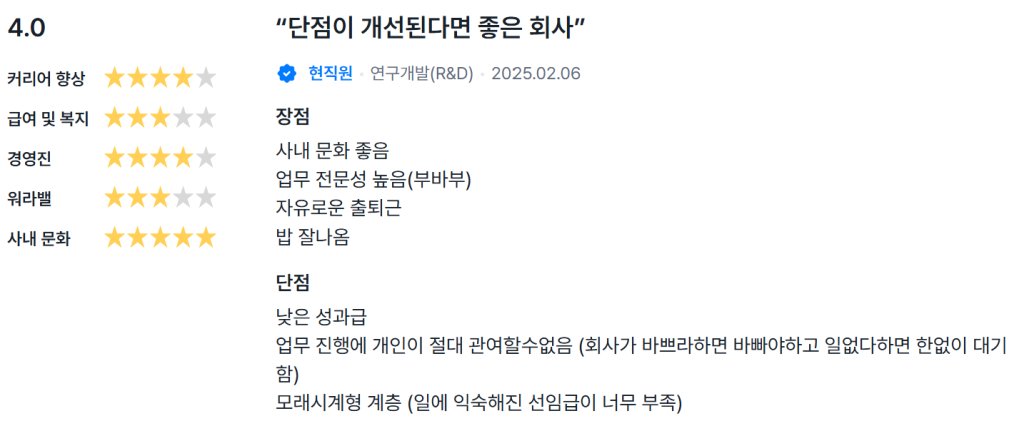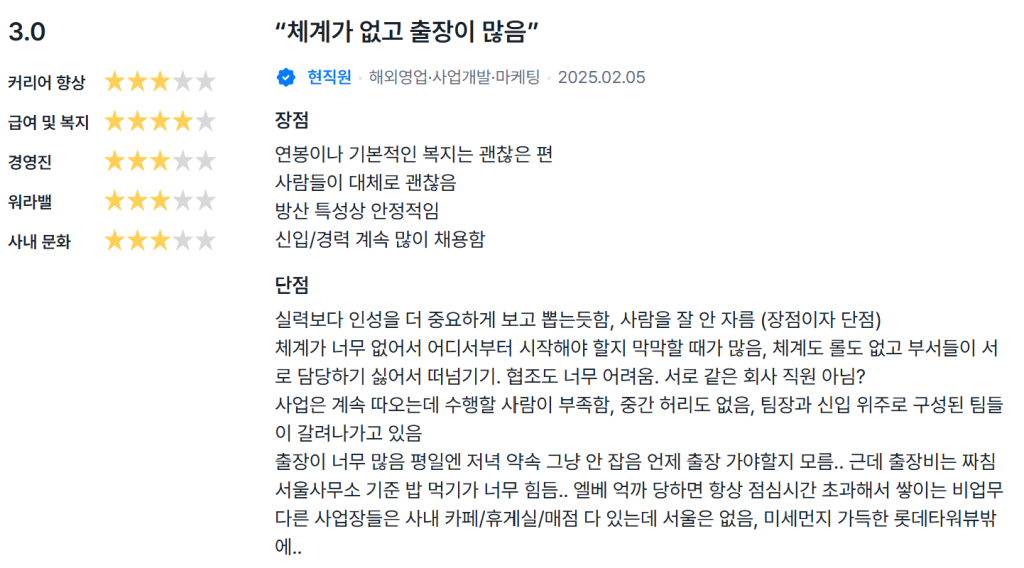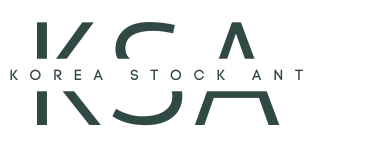LIG Nex1 is a leading South Korean aerospace and defense firm, specializing in advanced weapon systems, unmanned tech, and global security.
Discover a detailed investment analysis of LIG Nex1—one of South Korea’s leading aerospace and defense companies. Learn about its products, financials, growth strategies, ESG initiatives, and future outlook to make informed investment decision
LIG Nex1 is a prominent South Korean aerospace and defense company specializing in developing and manufacturing advanced weapon systems. This in-depth analysis covers its company overview, main products and services, technology and innovation, growth strategy, industry trends, competitor analysis, financial performance, CEO insights, ESG initiatives, and recent news—all designed to help you make well-informed investment decisions.
Table of Contents
- Company Overview
- Main Products & Services
- Technology and Innovation
- Growth Strategy
- Industry Trends
- Comparison with Competitors
- Analysis of Financial Statements
- CEO & Employee review
- Recent News
- Conclusion
1. Company Overview
LIG Nex1 Co., Ltd. is a leading South Korean aerospace and defense company with a long history of developing and manufacturing cutting-edge weapon systems. Founded in 1976, the company has established itself as a key player in the South Korean defense industry and a major contributor to the country’s national missile defense system.
- Lifecycle Focus: LIG Nex1 oversees the entire lifecycle of weapon systems—from Research & Development (R&D) to Maintenance, Repair, and Overhaul (MRO).
- Innovation & Quality: The company consistently invests in R&D to stay competitive and holds various certifications (including AS9100 and KOLAS), reflecting its commitment to high-quality products and services.
- Conglomerate Ties: LIG Nex1 is part of the LIG Group, a conglomerate with businesses spanning defense, technology, and services.
2. Main Products & Services
LIG Nex1 caters to multiple facets of modern warfare, providing a range of advanced defense products and solutions:
- Precision Guided Munitions
- Surface-to-air missiles, air-to-surface missiles, torpedoes, anti-submarine missiles
- Offers accurate and effective targeting capabilities
- Maritime Warfare Systems
- Sea Sword unmanned surface vehicle (USV)
- Enhances naval force capabilities for territorial protection and maritime operations
- Intelligence, Surveillance & Reconnaissance (ISR) Systems
- Rapid surveillance and early alert solutions
- Enables militaries to gather critical intelligence and maintain situational awareness
- Command, Control, Communication, Computers, and Intelligence (C4I) Systems
- Connects the battlefield for fast, accurate decision-making
- Improves communication and coordination among military units
- Avionics & Drones
- High-performance electronic devices for manned and unmanned aircraft
- Supports surveillance, reconnaissance, and combat missions
- Electronic Warfare Systems
- Ground, shipborne, and airborne electronic warfare equipment
- Anti-drone protection equipment and electronic warfare training programs
- Unmanned Systems & Future Warfare
- Developing unmanned helicopters, drones, and unmanned surface vehicles
- Focuses on advanced capabilities for surveillance, reconnaissance, and combat
3. Technology and Innovation
Beyond its core defense portfolio, LIG Nex1 actively pursues research and development in various technological domains:
- Recent Patent Activity:
- Viscoelastic, multi-layer, highly damping bracket structure for solar panels
- Apparatus and method for restoring a transmission signal from a reception signal transmitted through a satellite communication device
These patents underline the company’s drive to explore new technologies and broaden its expertise beyond conventional defense applications.
4. Growth Strategy
LIG Nex1’s growth strategy centers on:
- Expanding Defense Exports
- Aligns with South Korea’s ambition to rank among the world’s top four arms exporters by 2027
- Pursues international collaborations and partnerships to reach new customers
- Investing in R&D
- Prioritizes emerging technologies like AI, unmanned systems, and robotics
- Aims to enhance products in line with modern warfare’s evolving needs
- Strengthening Partnerships
- Works closely with other defense entities and research institutes
- Partnership with Korea Aerospace Industries (KAI) on the KF-21 fighter project
- Positions the company for future collaborations on next-generation fighter technologies
- Focus on Quality and Reliability
- Upholds stringent quality control measures
- Holds multiple quality certifications, showcasing robust production and R&D processes
- Expanding into New Markets
- Recent contract to develop reconnaissance USVs for the Republic of Korea Navy
- Signals diversification into maritime and other defense segments
5. Industry Trends
The global defense sector is evolving under several significant trends:
- Technological Advancements
- AI, robotics, and unmanned systems are changing warfare’s landscape
- 3D printing is making production faster and more cost-effective
- Increased Defense Spending
- Driven by geopolitical tensions and emerging security threats
- Boosts demand for advanced weapon systems
- Focus on Modernization
- Countries upgrading existing equipment and adopting newer technologies
- Growing demand for advanced solutions like precision-guided munitions, unmanned systems, and electronic warfare
- Emphasis on Cybersecurity
- Defense companies invest heavily in cybersecurity solutions to protect systems and data
- Cyber threats pose critical risks to military operations
- Shift Towards Unmanned Systems
- Drones, unmanned ground vehicles (UGVs), and USVs are increasingly prevalent
- Offers new operational efficiencies and reduced risk to personnel
- Integrated Protection Technologies
- Comprehensive defense requires integrating multiple systems and technologies
- Lightweight, High-Performance Materials
- Growing necessity for materials that enhance efficiency and endurance in combat equipment
- Corner Shot Weapons
- Allows soldiers to fire around corners, reducing exposure to enemy fire
- Regional Dynamics
- South Korea’s defense sector faces reliance on foreign technologies
- Changwon city remains a key defense manufacturing hub but struggles with labor shortages
6. Comparison with Competitors
LIG Nex1 operates in a competitive market, facing both domestic and international rivals:
- Hanwha Aerospace (South Korea)
- Specializes in aircraft, armored vehicles, and missile systems
- Korea Aerospace Industries (KAI) (South Korea)
- Renowned for developing and manufacturing aircraft, including the KF-21
- Embraer (Brazil)
- Produces commercial, military, and executive jets
- Northrop Grumman (United States)
- Global defense contractor with a broad product range
- General Dynamics (United States)
- Manufactures combat vehicles, weapons systems, and munitions
Key Differentiators of LIG Nex1
- Heavy focus on innovation, R&D, and quality management
- Deep expertise in precision-guided munitions and electronic warfare
- Emphasis on domestic solutions, reducing reliance on external suppliers
- Active contender in high-value projects like the CIWS-II contract
7. Analysis of Financial Statements
| Item | 2023 (₩100 million) | 2022 (₩100 million) | 2021 (₩100 million) |
|---|---|---|---|
| Sales | 23,086 | 22,208 | 18,222 |
| Cost of Goods Sold | 19,618 | 18,942 | 15,906 |
| Gross Profit | 3,468 | 3,265 | 2,317 |
| SG&A Expenses | 1,604 | 1,474 | 1,344 |
| Operating Income | 1,864 | 1,791 | 972 |
| Net Income | 1,750 | 1,229 | 1,051 |
| EBITDA | 2,552 | 2,328 | 1,543 |
LIG Nex1 has shown robust financial performance:
- Revenue Growth: Up from ₩182.22 billion in 2021 to ₩230.86 billion in 2023.
- Profitability: Operating income and net income display healthy upward trends. EBITDA levels remain strong, consistently above ₩150 billion.
- 2024 Q4 Sales: ₩116.87 billion in a single quarter, suggesting continued expansion.
8. CEO & Employee review
Shin Ick-hyun serves as the CEO and President of LIG Nex1, assuming the position in March 2024. Key points about his background and leadership:
- Former Brigadier General in the South Korean Air Force.
- Held leadership roles such as commander of the 8th Fighter Wing and Director of Force Planning 3 at the Joint Chiefs of Staff.
- Vision and Philosophy:
- Aims to establish a solid foundation for sustained growth via defense exports and R&D investments.
- Encourages an open, collaborative work culture to promote teamwork and innovation.
Shin’s military background and strategic focus are expected to guide LIG Nex1 toward further success.

Pros
- The atmosphere is basically humanistic, and the basics are all in place.
Cons
- Salaries are low and weekend work is common.
- As you move up the ranks, conditions worsen, leading many to leave, leaving behind a structure lacking support.
- The remaining employees tend to be long-timers.

Pros
- Great company culture
- High level of professional expertise (really top-notch)
- Flexible work hours/commute
- Good food is served
Cons
- Low performance bonuses
- Individuals have no say in how work progresses (if the company is busy, you must keep busy; if there’s no work, you end up waiting indefinitely)
- Hourglass-shaped hierarchy (there’s a severe shortage of experienced senior staff)

Pros
- The salary and basic benefits are decent.
- The people are generally okay.
- Being in the defense industry, the company is stable.
- They consistently hire many new and experienced employees.
Cons
- They seem to prioritize personality over skill when hiring and rarely fire anyone (which is both a strength and a weakness).
- There’s a severe lack of structure, making it often overwhelming to know where to begin. There are no defined roles or processes, and departments tend to pass responsibilities onto each other because they don’t want to handle them. Cooperation is extremely difficult—it sometimes feels like the employees aren’t even on the same team.
- Although the company keeps landing new projects, there aren’t enough people to execute them, and there’s a lack of middle management. Teams composed mainly of team leaders and new hires are constantly being let go.
- There are too many business trips. On weekdays, they don’t even schedule dinner meetings because you never know when you’ll be sent on a trip—and the travel expenses are stingy.
- At the Seoul office, getting a proper meal is very challenging. If you get stuck waiting for the elevator, non-work tasks pile up, causing you to exceed your lunch break.
- While other offices have in-house cafeterias, break rooms, and convenience stores, the Seoul office lacks these amenities, offering only a view of Lotte Tower filled with fine dust.
9. Recent News
- December 2024:
- LIG Nex1 secured a contract with the Defense Acquisition Program Administration (DAPA) to develop a new reconnaissance USV for the Republic of Korea Navy.
- Aims to bolster naval surveillance and reconnaissance, aiding rapid response for forward bases and key ports.
(https://www.navalnews.com/naval-news/2024/12/lig-nex1-to-develop-rok-navys-reconnaissance-usv/)
- February 2025:
- Reported strong quarterly earnings, exceeding market forecasts.
- Fourth-quarter 2024 sales and operating profit surged beyond analyst estimates, propelled by robust demand for LIG Nex1’s defense solutions.
(https://biz.chosun.com/en/en-finance/2025/02/04/GRGOBDFZCNFNDJ6V52MSL6AHPA/)
10. Conclusion
LIG Nex1 stands as a technologically advanced and financially solid defense company, holding a dominant position in the South Korean market and an expanding global footprint. Its comprehensive product range, dedication to R&D, and consistent financial performance make it an appealing investment option for those seeking opportunities in the defense sector.
- Promising Growth Prospects: Strategic focus on international exports, partnerships, and technology investments.
- Solid Financials & Strong Leadership: Positive revenue trends, healthy EBITDA, and visionary CEO leadership.
- ESG Considerations: The “High Risk” ESG rating warrants careful evaluation for socially responsible investors.
